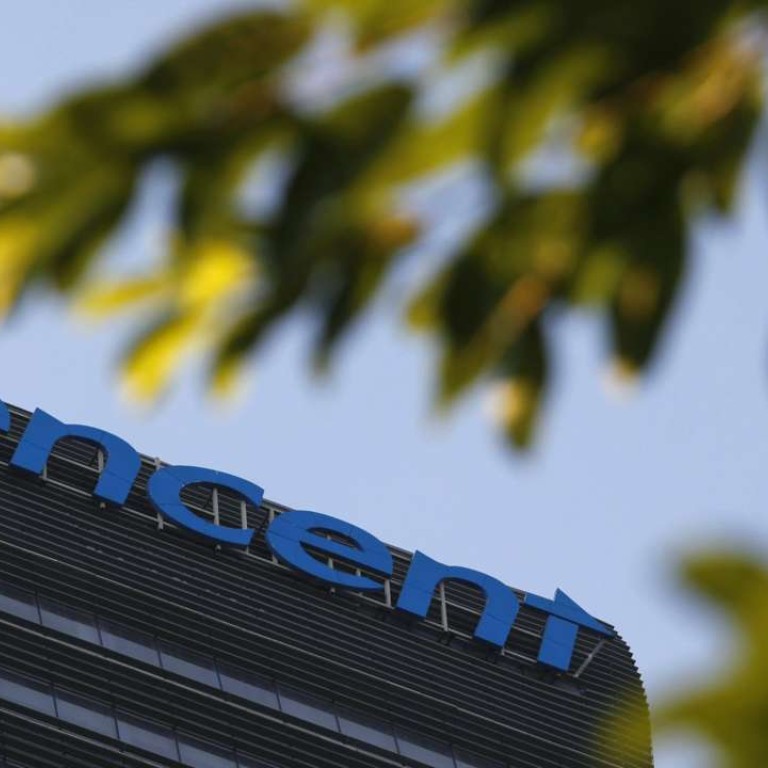
New | Exchange-traded funds tracking new S&P China 500 provide easy way to tap mainland companies’ growth
Industrial and Commercial Bank of China’s joint venture fund arm in Hong Kong plans to launch an index fund this year to track the newly-launched S&P China 500.
Elvin Yu, head of International sales and client relations of ICBC Credit Suisse Asset Management (International), saidhe believes China stocks would benefit from an iconic brand such as the S&P China 500.
“Since the US and China are now the world’s two major economies, the stock markets in the US and China are also what international investors care most about. This is why we believe we can create an iconic index to track the largest Chinese firms worldwide,” Yu said.

While the Hang Seng Index represents Hong Kong stocks and the CSI300 tracks blue chips in Shanghai and Shenzhen, Yu said there is still a demand to trade Chinese stocks listed across other markets.
Yu said the company will introduce exchange-traded funds later this year tied to the new S&P China 500 that will trade in Hong Kong and other international markets. A separate ETF will be rolled out in the US.
“This will allow international investors who want to buy into the China growth story easy access via the index funds. It will also build up a brand name for China biggest stocks both onshore and offshore,” he said.

The joint venture between ICBC and Credit Suisse will have exclusive rights to launch ETFs to the indices. It will also explore launching other derivatives related to the indices but these do not carry exclusive rights.
The joint venture fund company is 80 per cent owned by the nation’s largest lender ICBC and 20 per cent owned by Swiss lender Credit Suisse.
Yu said the index covers 500 of the largest Chinese enterprises worldwide on the basis of turnover, market capitalisation and other criteria. In instances where companies are listed in two markets, such as Shanghai and Hong Kong, these will be counted as two shares.
Of the 500 companies making up the index, about 60 per cent are listed in Shanghai and Shenzhen, 30 per cent listed in Hong Kong and 10 per cent in the US and Singapore.
“The benefit of having such an index fund is transparency and low cost. Investors do not need to worry about stock selection. It will cover the largest Chinese stocks so there is no need to worry about liquidity issues,” he said.

The S&P China 500 has 16 per cent of companies in the information technology sector, mainly those those listed in the US and Hong Kong.
The index is weighted 15.7 per cent to industrial and 8.6 per cent to materials.
Louis Tse Ming-kwong, director of VC Brokerage, believes the new ETF would be well received by investors
“The stock markets of both Hong Kong and mainland China have fallen to a low levels in the first two months this year and only recently bounced back. They are still trading at very cheap levels and international investors will be interested to buy at the low point to capture future growth of the Chinese stocks,” Tse said.
“S&P 500 is a creditable brand so the China version of this index would be acceptable by international investors,” he said.

